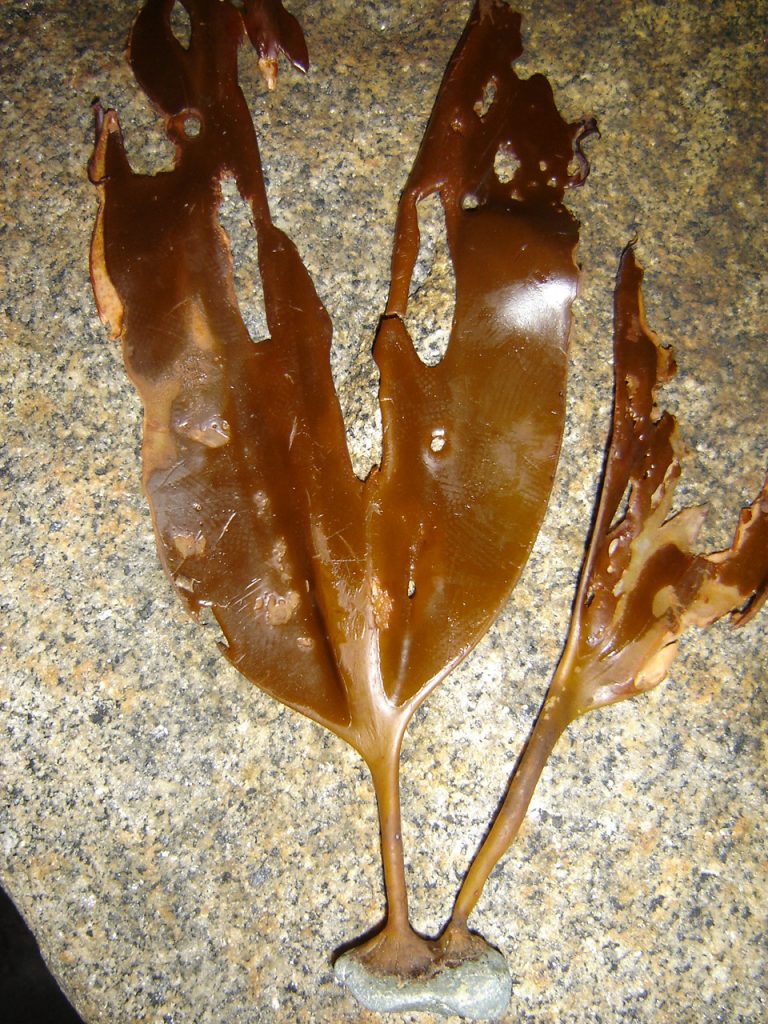Cattle Point’s obvious biogeographic zones as well as the many species-level interactions framing these organic equilibrium states combine to highlight (for me anyway) a significant focal tension in biological and environmental sciences.
At the macro scale, astute longterm observations of rocky North Pacific shores loan themselves to teaching lessons that easily divide the intertidal into 3-4 zones: supralittoral fringe, upper midlittoral, lower midlittoral and infralittoral fringe. And, in places like Cattle Point, we define these macro-level divisions by pointing to the interactions of the Fucus, the Balanus glandula, the Mytilus, the Nucella lamellosa to showcase their existence. At the same time, those of us interested in the specific behaviors and biological processes of a small sampling of some particular species often choose to anchor our questions and answers in stress-level gradient assumptions about these same macro-level littoral zones.
A referential mobius strip.
Good scientific investigation—or, maybe better to say good communication and application of scientific investigation—requires a conceptual fluidity that moves both you and your audience back and forth along this infinite interchange. For example, the egg ribbons of the Archidoris montereyensis nudibrachs found at Cattle Point (yellow blobs pictured above) have been studied by Biermann et al. (1992) here at FHL to assess (among other things) whether UV radiation impacts on embryo survivorship result in limits to species distribution. This line of inquiry is an invitation to extend the discussion and conclusions of prior inquiry regarding UV impacts on planktonic larvae to benthic organisms. And (although probably a very long stretch for this particular study) could maybe even point us down a path to describing and predicting potential ecosystem impacts caused by increased greenhouse gas emissions.
That’s useful right?
Its such a precarious tightrope in my mind… between the rigorous study of something that could potentially be viewed as “minutia” and the line of dots leading to a concept of “maximized utility”. It’s just so easy to end up either stretching that tightrope line too far or not far enough.
What do you guys all think of the monitoring method proposed and the rationale behind it?



